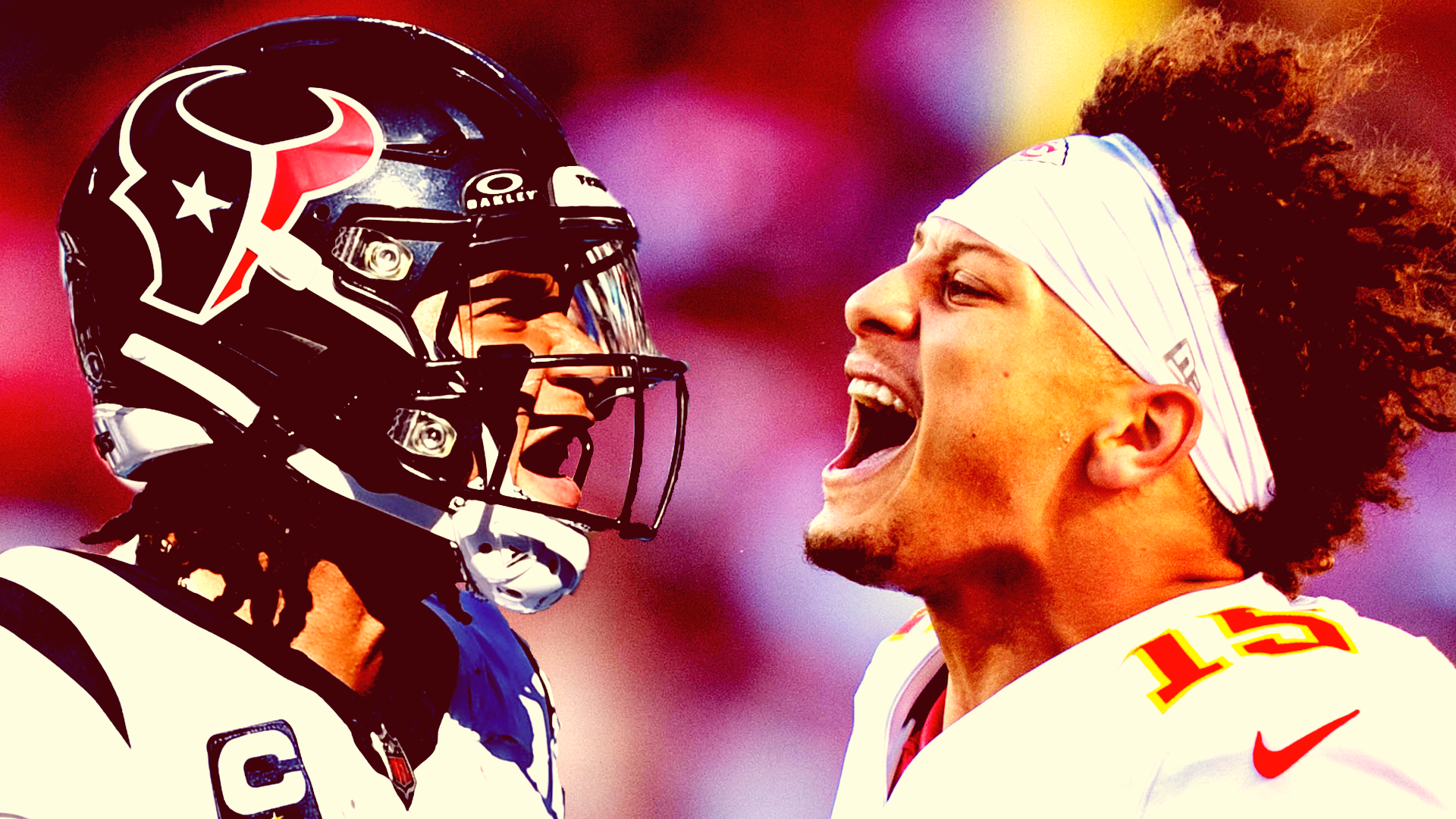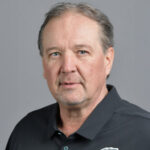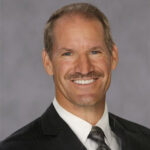NFL Analysis
3/22/24
5 min read
Why Do NFL Draft Rankings Change During the Offseason?
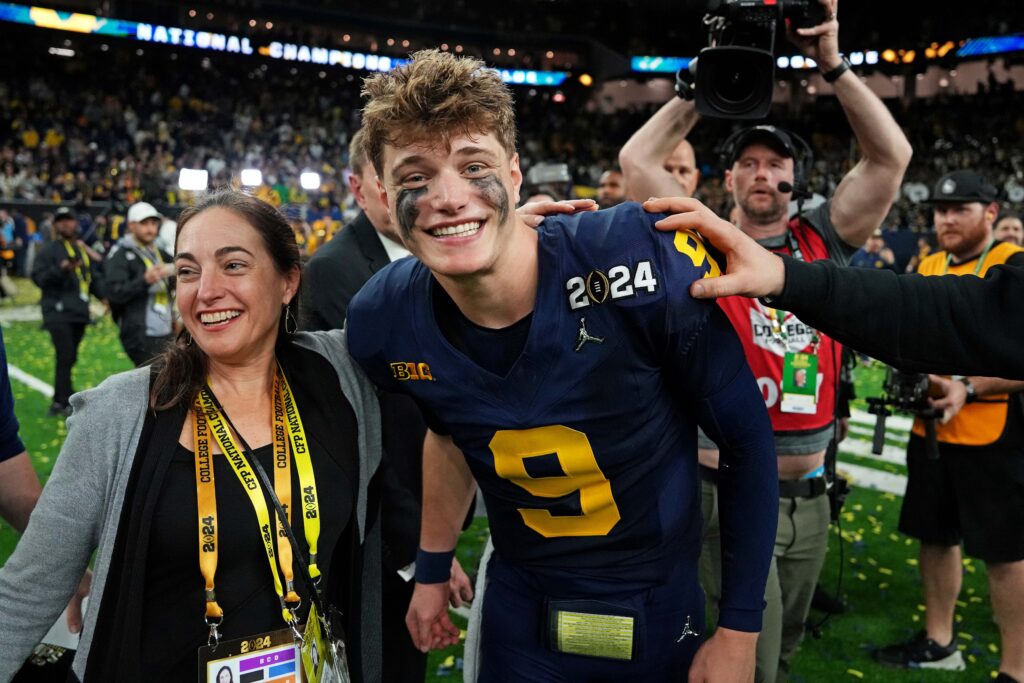
Why are people changing their draft grades or prospect rankings this time of year?
I’ve often thought about this in recent years as I see certain draft analysts coming out with updated top 100 lists or “version 2.0 and 3.0” rankings of the top prospects.
Granted, it would be boring if their second and third versions were the same as the first, but it does beg the question of why those evaluations have changed and whether or not their methodology for doing so is sound.
This is not a knock on any particular draft guru. I am friends with most of them and have an incredible amount of respect for their work. As the expression goes, the tape won’t watch itself. Scouting is an extremely time-intensive endeavor, so NFL teams usually have scouting staffs of more than 20 people scouring the country to find as much information as possible.
For the most part, all of the draft gurus make adjustments during the lead-up to the draft, so it is not like I’m singling any of them out. Some are minor, and others are major, which I find compelling. What exactly are the reasons? As far as I can tell, some real risks are being taken.
Still, without any actual football games being played since mid-January (aside from a few all-star games), what is the reasoning and do the people who consume this content — like me and you — want these adjustments to be made?
New Information
This is probably the reason many analysts would give when players move on their boards. Some players are impressive in their face-to-face interviews with teams, and their football character is considered a significant asset, which you can’t always see on tape.
Others could prompt concerns based on a perception they don’t love football, have work ethic concerns or view getting drafted as the finish line rather than the starting point.
What’s interesting is the level of trust draft analysts need with the scouts or team executives who tell them these things. Of course, they are not in those closed-door meetings at the NFL Combine or team facilities.
If you work for a team and have information like that, why would you tell someone who presents grades or information to the public? While I understand that trust goes both ways, even if the analyst doesn’t publish that information, it will still affect his rankings, which other teams look at.
In that instance, the analyst is likely only getting bits and pieces of information on various players instead of a complete picture of every prospect.
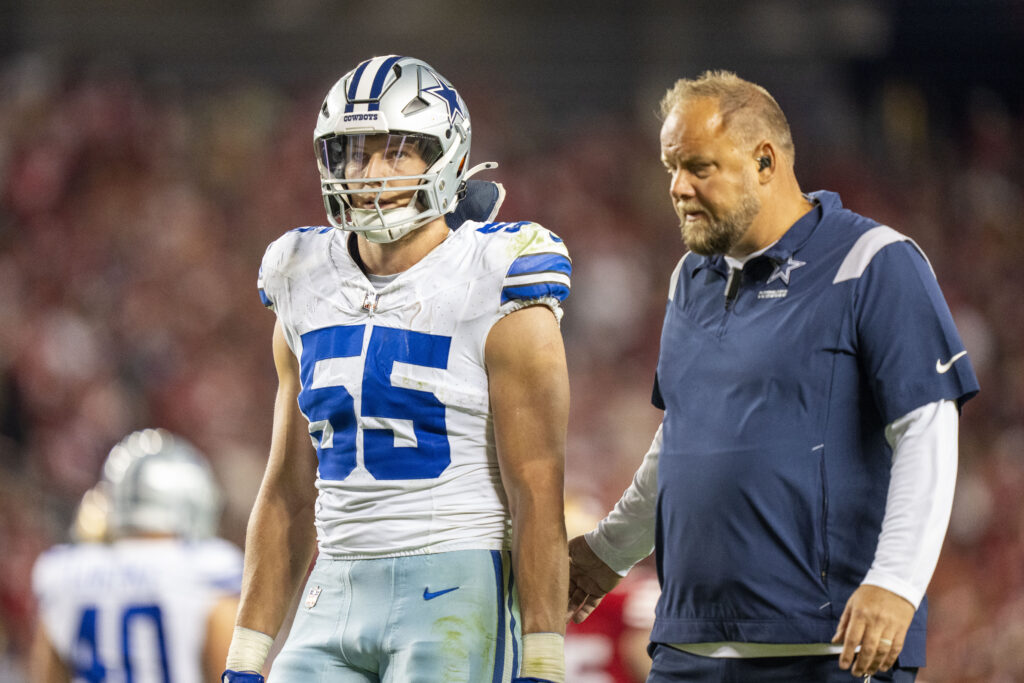
Medical Information
When a player “falls” during the draft, it is typically a medical or off-the-field concern. Their tape has not changed in the time leading up to the draft.
Every year, it seems like a player falls because of information leaked during draft week or comes to the surface during the draft itself as the player slides.
I still remember information leaking about Boise State LB Leighton Vander Esch’s neck issues the week of the draft in Nashville and asking him about it. He said he didn’t know where it was coming from. Ironically, he retired this week after six years in the NFL due to a neck condition.
A number of high-profile players have also had off-field red flags, which can prompt analysts to alter their rankings.
The question is, how complete of a picture are they getting? Are they hearing about the medical or off-field issues about some players and not others? Again, why would teams want other people to know that information unless they were hoping it helped the player fall to them?
Pre-Draft Process Results
There’s some merit to making minor adjustments based on how players test at the combine or pro day workouts. More importantly, a dominant week at a prestigious all-star game like the Senior Bowl can and should affect a prospect’s standing.
The question for the testing results, in particular, is how much?
If a player runs a faster 40 time than you anticipated watching him play, is that good? If the opposite happens, is that bad? Ultimately, their play speed during an actual game should matter the most, right?
League Consensus
Whether they admit it or not, my sneaky suspicion is a lot of the rankings movement has to do with conversations draft analysts have with their friends who work for teams.
They know they are only one person and can’t possibly have the same amount of information as the teams do. So, when they find out they are higher or lower on a player than a few teams, it is human nature to adjust and not be an outlier.
It’s not a good look if a player you ranked in the top 20 doesn’t go until the third round or a prospect you graded in the fifth round goes in Round 2. That’s one reason why there becomes somewhat of a consensus surrounding most top players among analysts coming into a draft, even though that is rarely the case on an individual team’s board, which often looks vastly different from what the public perceives.
Given all of the possible reasons and factors above, it is probably understandable that many analysts change their rankings this time of year. The better question is whether or not they should.


